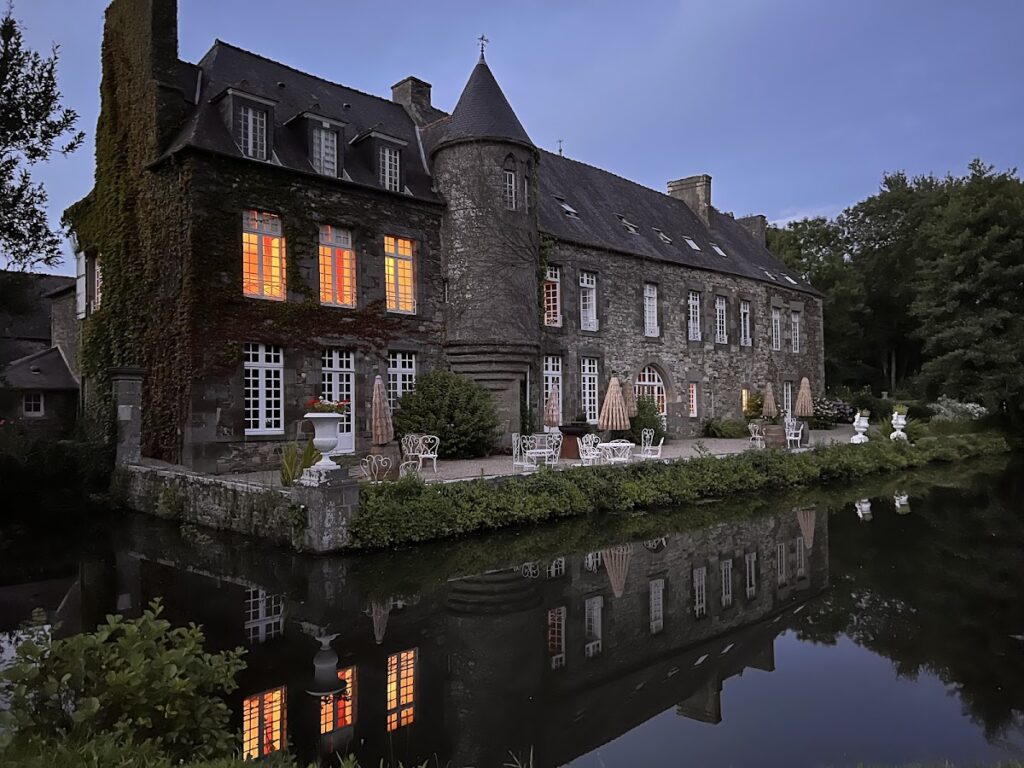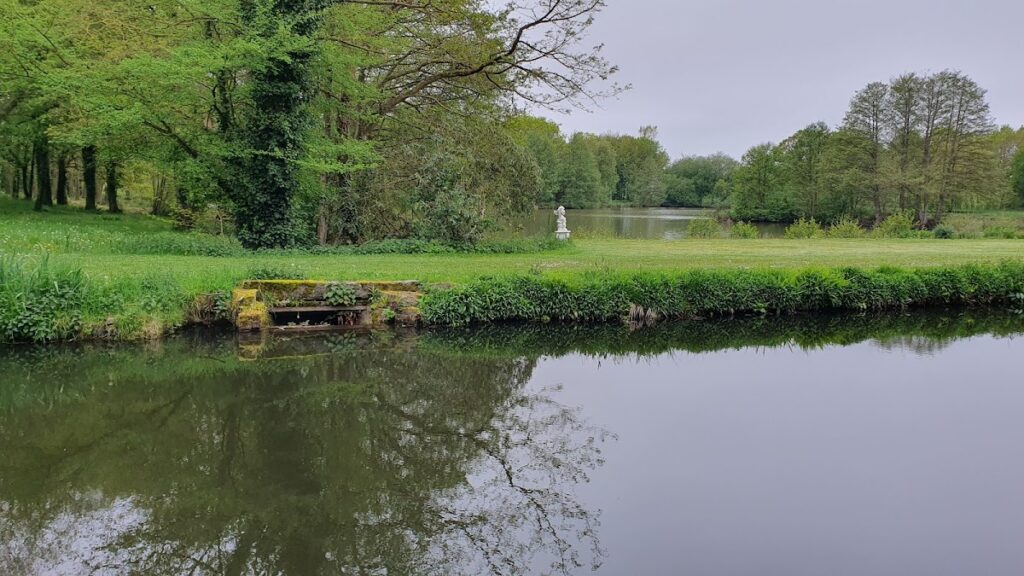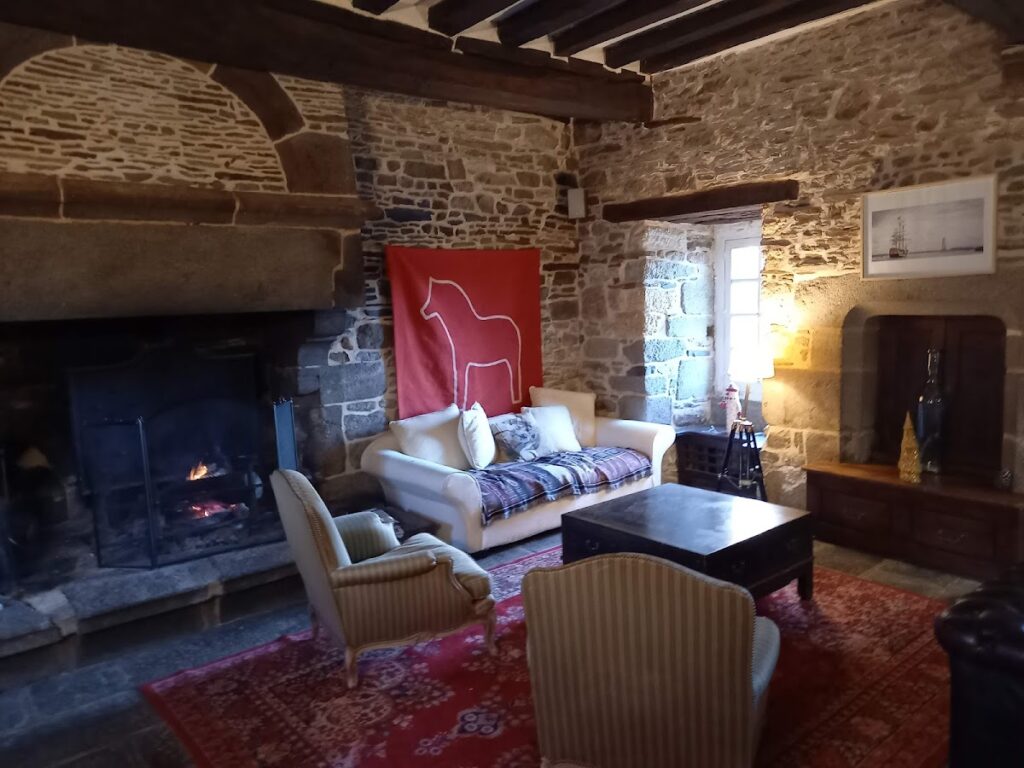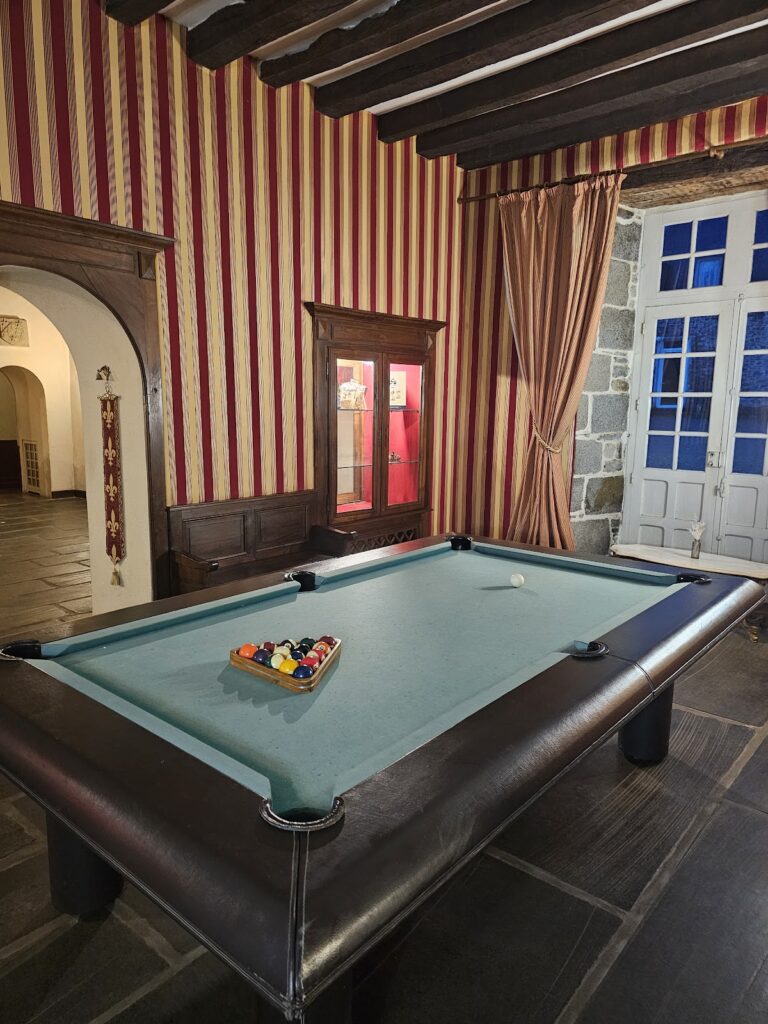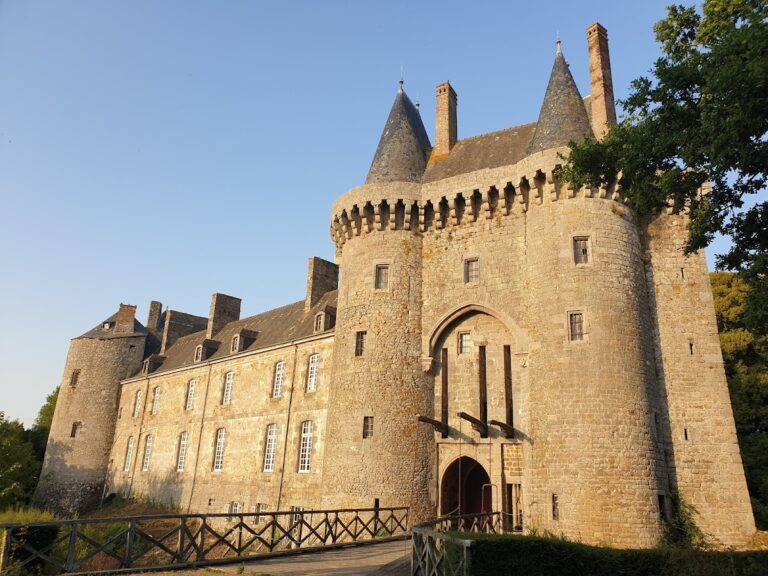Manoir de la Motte Beaumanoir: A Historic Breton Estate in Pleugueneuc, France
Visitor Information
Google Rating: 4.4
Popularity: Low
Google Maps: View on Google Maps
Official Website: www.la-motte-beaumanoir.fr
Country: France
Civilization: Unclassified
Remains: Military
History
The manoir de la Motte Beaumanoir is located in the municipality of Pleugueneuc, France. It was established during the medieval period by local noble families within the historical province of Brittany.
In the 14th and 15th centuries, the estate was known as la Motte and belonged to the Boutier family. During this time, a porte logis, or gatehouse, was constructed to serve as a fortified entrance, reflecting the estate’s status as a seigneurie, or manorial lordship. Subsequently, ownership passed to the Gruel family, and with this, the estate became known as la Motte-Boutier and later la Motte Gruel.
By the mid-16th century, the manor transitioned into a fief under the Beaumanoir family, which led to the name Motte Beaumanoir. This change marked an important phase in the estate’s lineage, anchoring it firmly within the Breton nobility.
In 1764, Jean Thomas Baptiste de Lorgeril, a captain in the royal navy, acquired the property from Louis Charles Marie de La Bourdonnaye Montluc, who served as president of the Brittany parliament. The Lorgeril family maintained stewardship of the manor for approximately two centuries. This period saw significant development under Louis de Lorgeril in the early 19th century. He, who later became mayor of Plesder and Rennes, undertook extensive remodeling of the manor, adding an eastern wing and constructing numerous agricultural outbuildings such as stables, a barn, and henhouses. Notably, in August 1815, he organized what is recorded as the first agricultural fair in France along the western avenue leading to Plesder.
Following the death of Paul de Lorgeril in 1953, the last family member to live on the estate, the manor was left vacant. In 1977, a private owner named Mr. Bernard purchased the property and initiated restoration efforts. These included demolishing some deteriorated outbuildings, completing an extension on the western wing, and recreating a pond in 1985 reflective of a similar feature from the manor’s 19th-century landscape.
Subsequent owners transformed the manor from a private residence into commercial and event spaces. After its time functioning as a hotel-restaurant and wellness center under Marine Mechin beginning in 2001, parts of the estate’s western buildings were adapted into a reception hall. Today, the site operates as a guesthouse and venue for gatherings, particularly weddings, continuing its long history of adaptation and use.
Remains
The layout of the manoir de la Motte Beaumanoir reflects its evolution from a medieval lordly residence to a multifunctional estate with agricultural facilities. The original core included a porte logis, or gatehouse, built in the medieval period to provide controlled access to the grounds. This structure exemplified the defensive and administrative role of the seigneurie, constructed using traditional local materials and techniques of the time, though specific details on its masonry or stylistic elements are not recorded here.
In the 19th century, the manor expanded to include a new eastern wing, purpose-built to accommodate the needs of its agricultural operations and family life. Alongside this addition, several outbuildings were constructed: stables for horses, a barn for storage, a sheepfold to contain livestock, a henhouse for poultry, a hayloft for dried fodder, and a press likely used for cider or wine production. These structures were built using period-appropriate materials, aligned with the functional requirements of farming and animal husbandry, indicating the estate’s role as a productive agricultural hub.
The estate once contained a private chapel, which no longer survives. However, its existence points to the manor’s ecclesiastical ties and the religious practices of its inhabitants during earlier centuries.
In the late 20th century, some of the outbuildings had become ruins and were removed during restoration efforts initiated by Mr. Bernard. At this time, modifications included an extension added to the western wing. Additionally, a pond was recreated in 1985 in remembrance of an earlier 19th-century water feature, contributing to the site’s historical landscape character.
Today, the western dependencies, originally designed for agricultural purposes, have been repurposed into a reception hall used for social events. This adaptive reuse demonstrates the manor’s continuing evolution while preserving its architectural heritage. The manor and its associated buildings remain standing largely in situ, showcasing layers of construction that span several centuries of Breton rural nobility life.
